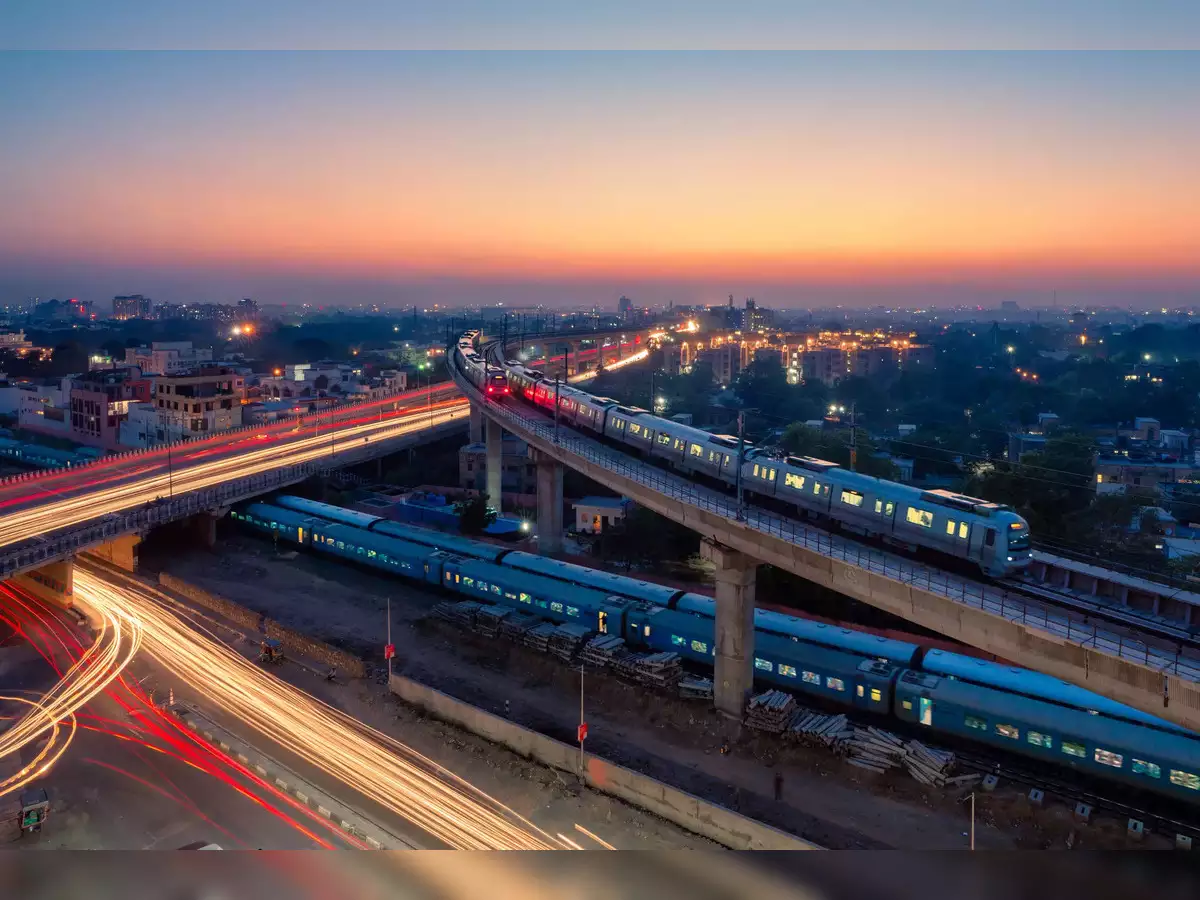Infrastructure: Energy, Ports, Roads, Airports, Railways etc.
In News:The shock of crumbling infrastructure and the solution
Despite being a key driver of the Indian economy, the infrastructure sector struggles with certain challenges. Comment. Also suggest measures to be taken for facing these challenges.
Infrastructure sector serves as the backbone that supports various sectors and industries, facilitating economic growth and development. Yet it faces significant challenges that hinder its development.
Challenges faced by the Indian infrastructure sector:
- Land Acquisition: Acquiring land for infrastructure projects is a major hurdle, often involving complex land acquisition procedures, community resistance and legal challenges.This can lead to project delays and increased costs (59 months to acquisite a land)
- Cost overruns: particularly those that are government-sponsored, are time delays and cost overruns.A report by the Ministry of Statistics and Programme Implementation reveals that 431 infrastructure development projects, each with investments of ₹150 crore or more, suffered a cost overrun
- Time delays: Out of 779 projects delayed, 36% were running behind schedule for a period between 25 to 60 months, 26% for one to 12 months, 23% for 13 to 24 months, and 15% for over 60 months averaging a three-year delay.
- Repeated failure of under-construction projects: Reports on the collapse of a series of under-construction bridges in Bihar have highlighted the issues of quality control and project implementation in infrastructure in India.
- Lack of efficient project management practice:The implementation status of most of the projects points to gaps in project management practices, especially in urban infrastructure projects.
- Technological deficiencies: There is a shortage of advanced technology and expertise necessary for executing complex infrastructure projects, which can lead to inefficiencies and suboptimal outcomes.
- Skilled workforce: The infrastructure sector suffers from a shortage of skilled workers, engineers, and managers, which is critical for the successful planning and execution of projects.
- Limited government budget: Government resources often fall short of the massive investments required for infrastructure development.
- Barriers to private investment: Economic uncertainties, such as fluctuations in exchange rates and interest rates; regulatory challenges, including unclear policies and lengthy approval processes, create risks for private investors
Measures to be taken:
- Streamlining Land Acquisition: Simplifying the land acquisition process and ensuring fair compensation can help mitigate resistance from local communities.
- PM Gati Shakti’s National Master Plan aims to break silos between government agencies and create an integrated platform for infrastructure development but project quality and team integrity remain crucial for successful implementation.
- Traditional project management needs modernization. Real-time data management and analytics are essential for efficient project execution.
- India needs a strong policy framework for project management. It should adopt global best practices, like the UK’s Infrastructure and Projects Authority, to ensure efficient project completion.
- Investing in Technology and Training: Promoting research and development in infrastructure technology and investing in training programs can help build a skilled workforce capable of meeting modern infrastructure challenges
- Community engagement is essential for successful infrastructure projects. It fosters support, aligns projects with local needs, and reduces conflicts.
- Simplifying regulations, effective dispute resolution mechanisms, utilising viability gap funding can improve the implementation of PPP projects.
By addressing these challenges through targeted measures, India can significantly enhance its infrastructure sector, which is vital for sustaining economic growth and improving the overall quality of life for its citizens.
| PYQ : Investment in infrastructure is essential for a more rapid and inclusive economic growth. Discuss in the light of India’s experience.2021Explain how private public partnership agreements, in longer gestation infrastructure projects, can transfer unsuitable liabilities to the future. What arrangements need to be put in place to ensure that successive generations’ capacities are not compromised? 2014Adaptation of PPP model for infrastructure development of the country has not been free from criticism. Critically discuss the pros and cons of the model. 2013 |

